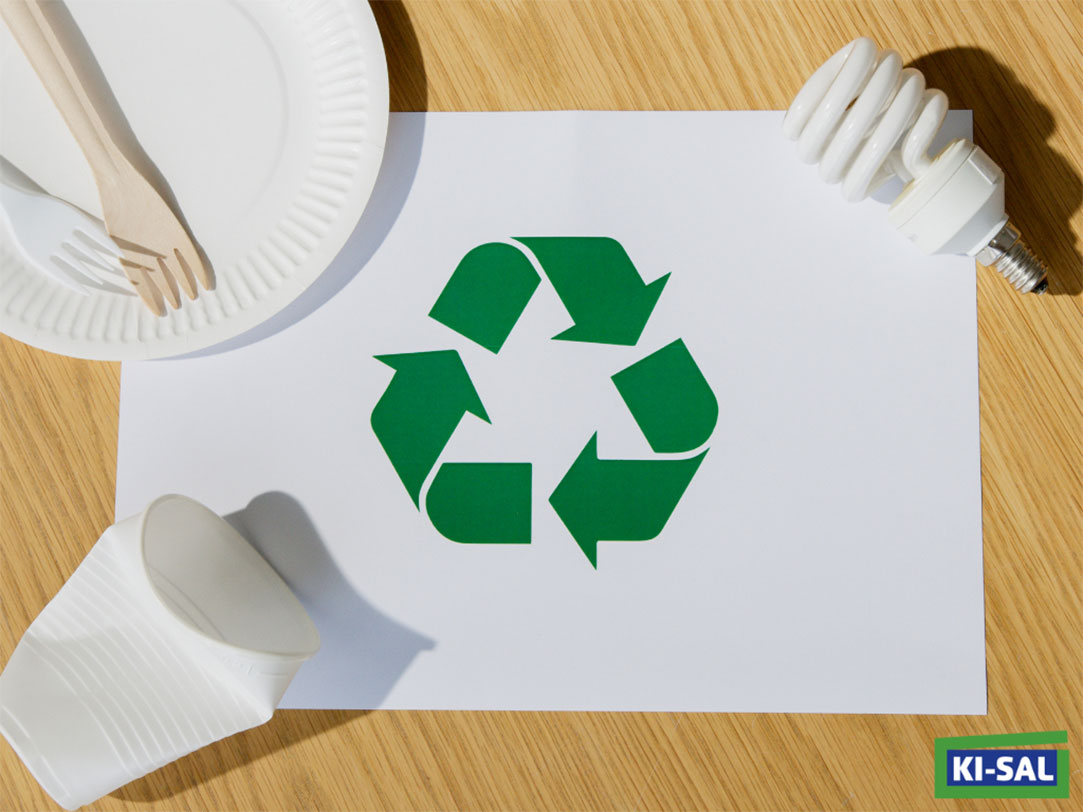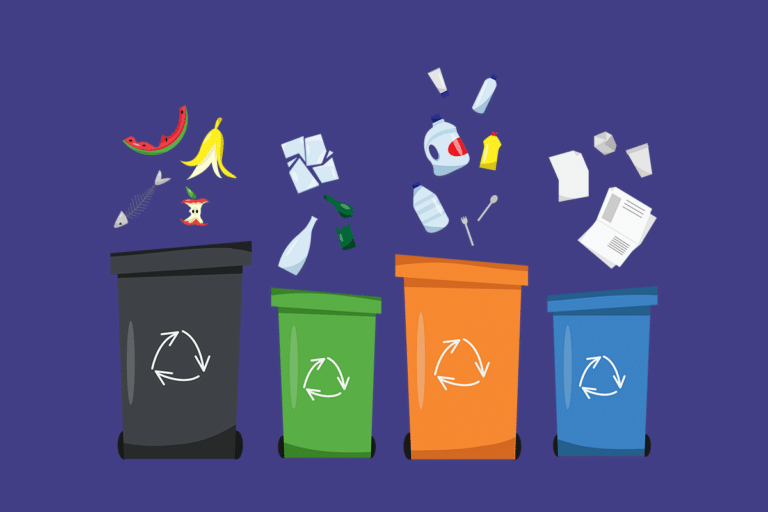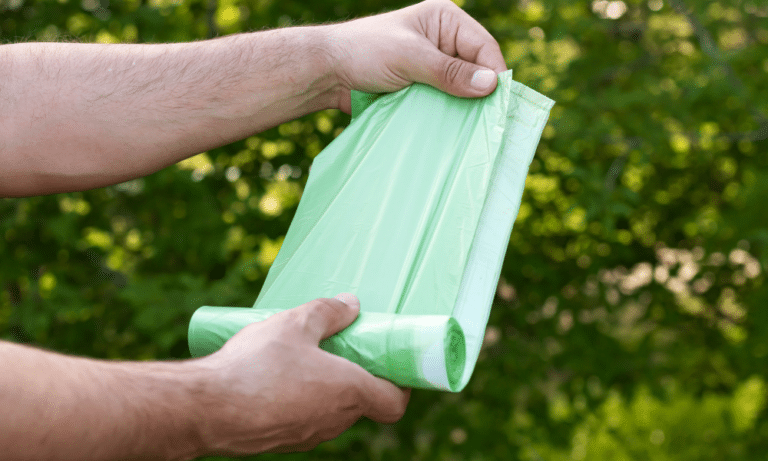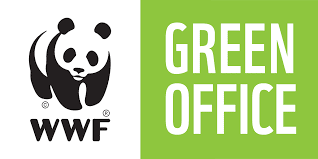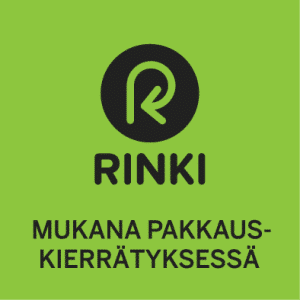Circular economy
Continuous population growth increases the demand for raw materials and other resources. Use of natural resources and the amount of waste generated annually will increase every year. Raw materials will soon run out. These problems are tackled with the strategy of the European Green Development Program, which focuses on creating a carbon-neutral economy by 2050. This is an ambitious goal that requires many initiatives. The goal is to limit the use of natural resources and return more to the planet. The change has already begun.
The initiatives focus on the four most important points:
- a product policy is created that enables the development of sustainable products, services, and business models
- reduce the amount of waste by changing consumption habits
- reducing the amount of waste already generated
- create a profitable market for recycled raw materials
From a linear economy model to a circular model
Until now, the dominant economy model has been a linear model. The basic idea of the linear model is that materials are made into products, the products are consumed and finally they are disposed of. This type of production is very tough on the environment due to the number of raw materials and energy it uses. In addition, a big problem is the so-called planned aging, where the product’s lifespan is limited and thus the consumer is forced to always buy a new similar product.
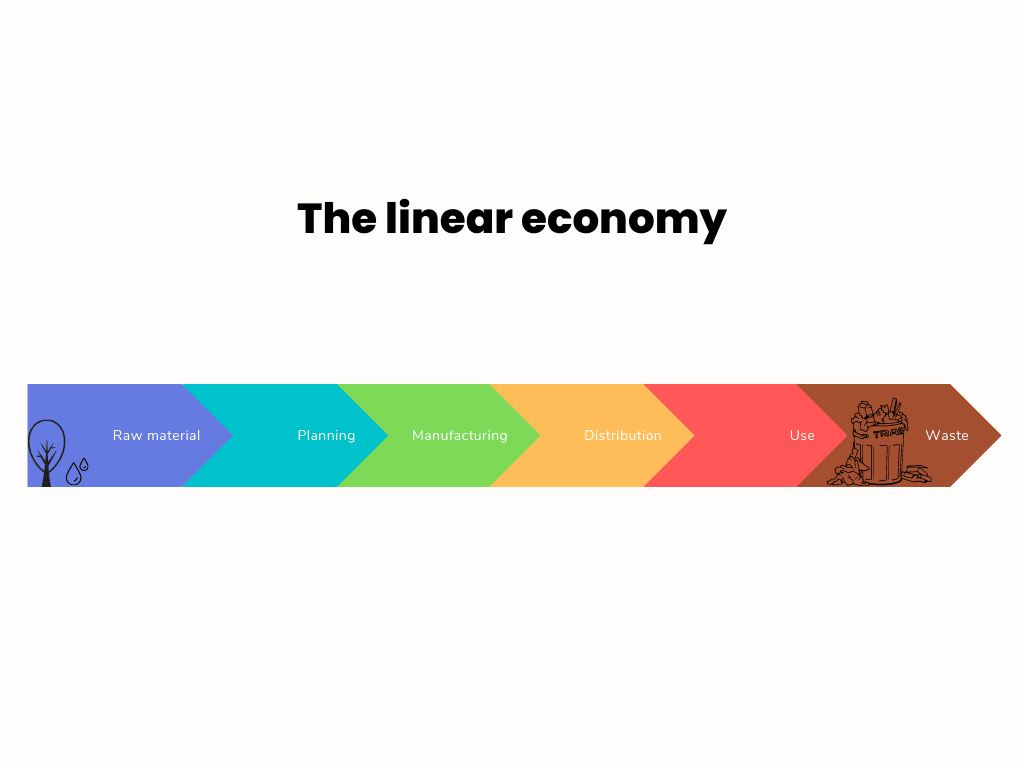
The opposite of the linear economy model is the circular economy. The circular economy creates a new way of producing and consuming products. It focuses on sustainability, reducing waste and creating a closed cycle. The main idea of the circular economy is to create a system where products and materials circulate for as long as possible. The life cycle of products needs to be extended by, for example, borrowing, reusing, repairing, and recycling. All the materials of the product are used again, even if the product itself is taken out of use.
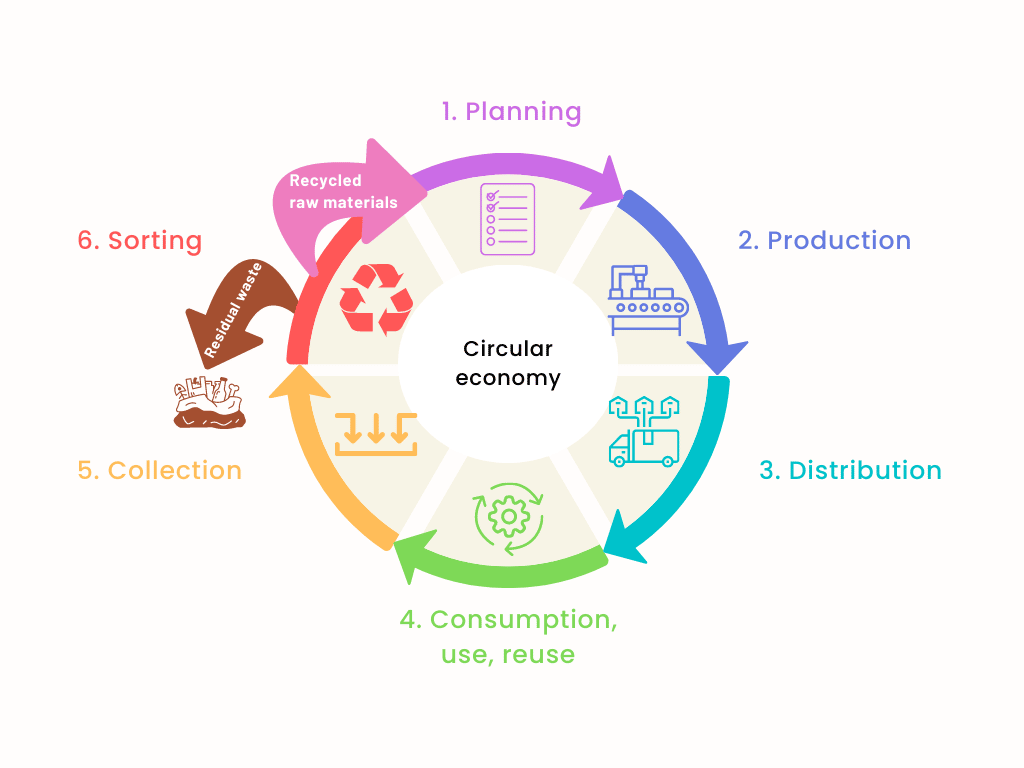
Transitioning to a circular economy has many advantages. The most important of them is the reduction of waste because the products are not thrown away after one use. In addition, sustainability is improved because the closed circulation system is not dependent on new natural resources and helps to save the planet’s limited resources. The circular economy also creates new opportunities for companies. The challenges of the circular economy, on the other hand, are the lack of information and systems for collecting and recycling materials. Without proper collection and recycling systems, there is a shortage of recyclable materials.
Circular economy action plan
The design of sustainable products has been put at the center of the EU circular economy action plan. It is estimated that up to 80 percent of a product’s environmental impact occurs during its design phase. The product’s environmental impact can be significantly reduced if it is planned with principles of the circular economy. Certain product groups have been prioritized in the circular economy action plan because the problems they cause require immediate attention. These groups are electronics and information and communication technology, batteries and vehicles, packaging, plastics, textiles, construction and buildings, and food, water, and nutrients.
The goal for packaging is that by 2030 all the packaging will be reusable or recyclable. To achieve this goal, the EU plans to reduce overpackaging and packaging waste, promote the creation of packaging for reuse or recycling, and consider possibilities for simplifying packaging materials to make recycling easier. In addition, the EU wants to standardize packaging labels in the EU region to make the sorting of packaging waste easier, consider using other recycled plastics in food packaging in addition to PET plastic, and reduce the use of bottled water by increasing drinking water in public places.
The EU has also published its own plan for the management of plastic materials. Since the amount of plastic used has increased and continues to increase, it is necessary to find ways to reduce plastic waste and increase the use of recycled plastic. The goal is to reduce the use of microplastics and single-use plastic products and to replace disposable lunch boxes with recyclable or reusable alternatives.
Finland as a pioneer in the circular economy
The opportunities offered by the circular economy have also been identified in Finland. Finland has already started promoting the circular economy in 2016, when the world’s first national circular economy roadmap was published. The goal is to make Finland a carbon-neutral circular economy society by 2035. The target considers the same factors as in the EU circular economy action plan.
Sources and further reading: Action plan for circular economy
